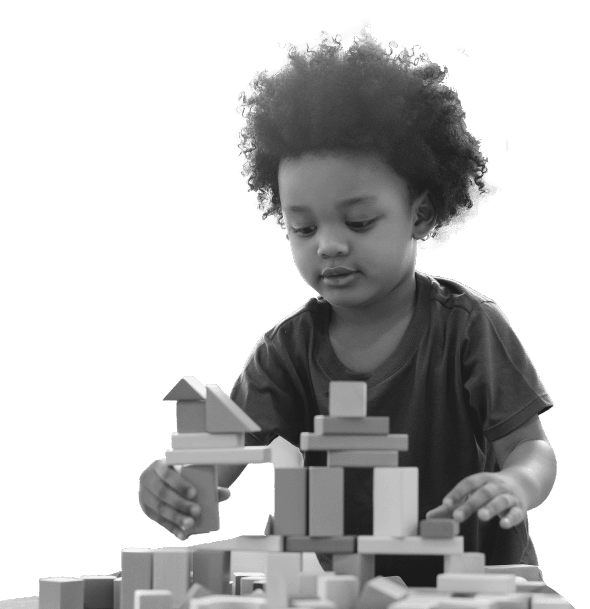By Judy Jablon and Nichole Parks
Across the islands of Hawaii, the Tūtū and Me Traveling Preschool (a program of the Partners in Development Foundation) supports both young children and their caregivers to meet children’s educational and emotional needs. The Tūtū and Me approach reflects how children thrive in communities of adults who model what it means to thrive. Leading for Children is excited to working in partnership with Tūtū and Me to more deeply examine how to foster equity in community.
Over five weeks, small groups from the Tūtū and Me community met for virtual facilitated conversations, culminating in a convening that brought together everyone who had participated. Some group members were long-time colleagues; others had started their jobs during the pandemic and had never met in person. During the conversations, a thriving community began to take shape. We’ll explore how this took place, and as you read on, we invite you to consider: what happens as communities form? How do communities become stronger over time? What does it mean for a community to thrive?
1. Forming — Determining Ways of Being Together
At the start of small group conversations, an LFC Program Facilitator recalled how group members seemed reluctant to share ideas aloud with the group. She posed a question and invited group members to respond. There was silence for a moment and then one member sent a private message: “Is it okay if I share my response in the group chat?” With great appreciation for the insight from the member, the Program Facilitator offered: “Please choose a method of sharing that works for you — aloud or in the chat.” Within moments, a lively chat conversation began.
By understanding each other’s preferred communication styles, the group collectively determined how they wanted to be with each other. They accepted and honored others’ communication styles, forming mutual agreements about being together. The group also determined that to begin, they were more comfortable in smaller breakout groups to share aloud. When then returned to the larger group, they alternated between chat and speaking.
2. Strengthening — Connecting through Shared Language
With agreement about how to communicate together, the group opened the door to honest, trusting communication. Using the framework of LFC’s Five Commitments of Optimistic Leaders, conversations each week helped group members develop a shared language for communicating about their backgrounds, feelings, and experiences. Members described how they cultivated self-awareness to recognize and name their emotions, and they thought with the group about how their emotions impacted others. They expressed determination to stay present with each other and with others in their lives. Using shared concepts and an evolving shared language, they were increasingly comfortable expressing their experiences and perspectives. They began connecting their group conversations back to their personal lives and cultural backgrounds. Their common understanding helped them bridge differences and discover commonalities.
3. Thriving — Everyone Feels a Sense of Belonging
In the culminating event, which brought together all the groups, a member who had been quiet in small group conversations spoke up. She expressed how her confidence had grown by being part of a successful small community of learners. The group shared in a belief that everyone has something valuable to contribute and knew that others would welcome their contributions. Another member said: “I felt a sense of belonging.”
In this story of educators from Hawaii, we see how groups of adults can create an emotional and physical environment that is respectful of all voices and learning styles, and where adults can collaboratively set intentions and engage with shared purpose. In this environment, they not only build connections with each other; they demonstrate equity, and their networks of equitable partnerships support quality for children. As one member shared, “I’m looking at my colleagues as whole people, trying to understand all that is going on in their lives.”
We invite you to consider your own communities. How can you come together to build communities that thrive — for adults and children alike? Here are some tips to get you started:
1. Forming — Refine communication by noticing how others around you express themselves and invite them into conversation in a way that feels comfortable to them.
2. Strengthening — Nurture relationships by finding words and concepts that help you build connections with others.
3. Thriving — Activate curiosity by continuing to learn more about others in your community.






